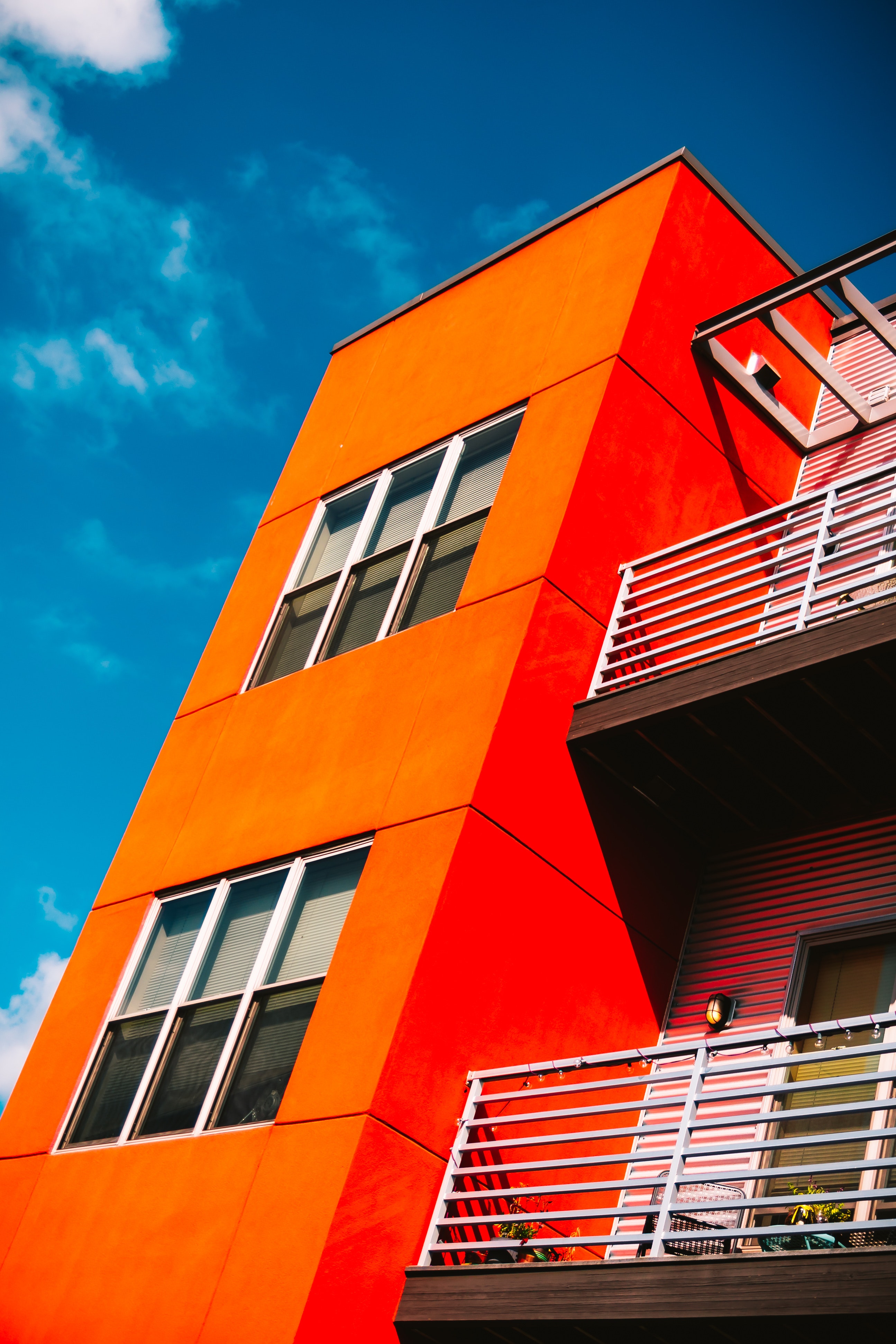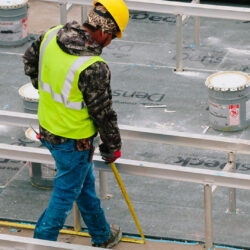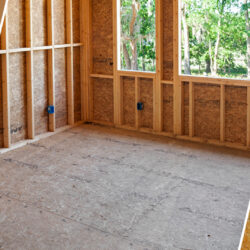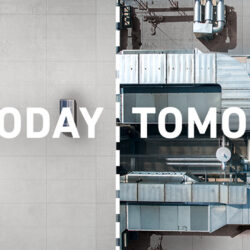Commercial buildings give us places to work, play, shop, dine, heal, travel, and more. But because we primarily interact with these buildings from the inside out, it’s easy for employees and visitors to prioritize the interior design and amenities over the exterior façade. Thankfully, architects and designers haven’t let exterior design slide. Trends spotted throughout 2019, and expected to continue beyond 2020, show that exterior designs often make interior goals possible.
Color Abounds
Many exterior options that provide texture tend to remain neutral in color, ranging from stone shades to brick reds to grays that are growing in popularity. But designers can also take advantage of bold colors through painted materials or fabricated panels, allowing building owners to stand out in an otherwise neutral built environment. Accent walls and artistic installations in stand-out shades were found among many inspiring and award-winning projects in 2019. Beyond adding a pop of visual interest to a façade, owners can also tie corporate branding into their designs by adding color in a thoughtful way.
Visual Texture
Plants and glass offer unique textures for commercial buildings, but the options don’t stop there. Especially as mixed-use developments continue to gain popularity, facades finished with stucco, brick, and stone remain go-to materials for blending office, retail, dining, and residential spaces. Many mixed-use properties will also incorporate lap siding or board-and-batten effects to further blend commercial and residential spaces for a cohesive feel.
Living Exteriors
Natural light is just one element of a larger trend toward wellness that can be seen in commercial buildings. Biophilic design that incorporates live plants also contributes to both the health of a building’s visitors and to the building’s surrounding environment. The US Green Building Council and other green building programs now offer credits for biophilic design, making these elements as attractive to construction teams as they are to building users. With building facades designed to manage the weight and watering needs of living walls, these elements can help connect people and nature within the built environment. Biophilic design, and other exterior landscaping elements like green rooftops, walking paths, and courtyards, are exterior design trends we expect to continue for the foreseeable future.
On a grander scale, impressive buildings like the National Museum of African American History and Culture in Washington, DC take texture to the next level by using intricate rain screens designs. Natural wood; smooth, patterned, or corrugated metal panels; and concrete are also popular materials to add visual life to exterior facades. For these projects and individual buildings, visual texture will be an important way for architects to let their designs make a statement.
Interior design will always affect how people interact with the spaces where they live, work, and play, but building façades have their own role in how we interact with the built environment. Whether your next project is designed to blend in or stand out, recent trends in exterior design can inspire new appreciation for what commercial buildings bring to our world.










